Manage my passport? What's to manage, you may be thinking. Well, nowadays there are lots of…
Just How Safe Is It To Fly?
As I reported in my October 16 Travel News Review, the International Air Transport Association (IATA) is reporting that it is statistically more likely you will get hit by lightning than catch Covid while flying.
According to Dr. David Powell, medical advisor to IATA, “The risk of a passenger contracting COVID-19 while onboard appears very low. With only 44 identified potential cases of flight-related transmission among 1.2 billion travelers, that’s one case for every 27 million travelers.”
In that same post, I noted that the Journal of Travel Medicine examined the available data and compared it to past outbreaks. Despite the fact that their conclusion is that the data is “not definitive evidence that fliers are safe,” the overall conclusions were nonetheless encouraging.
Now the Department of Defense has completed their own study that concludes that flyers are at negligible risk of getting Covid while flying if everyone is wearing a mask. The headline I found interesting came from USA Today: Coronavirus study finds air on planes is safer than homes or operating rooms.
The study was conducted in August over an eight-day period for the U.S. Transportation Command and the Air Force’s Air Mobility Command by the Defense Advanced Research Projects Agency (DARPA).
The goal was to determine the risks associated with transporting military personnel and their families via commercial aircraft; the same planes and you and I would use. Testing was completed at Dulles Airport aboard a United Airlines Boeing 767 and 777.
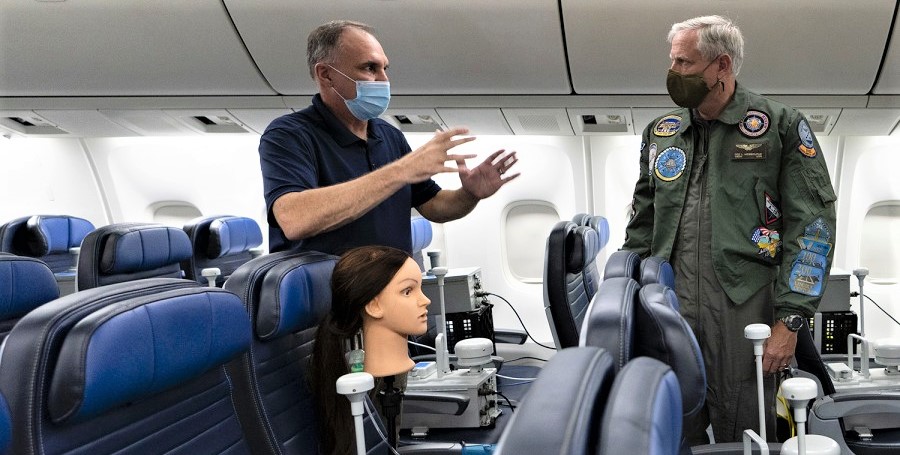
According to the study, two of the primary airplanes used by the airlines “… removed particulate 15 times faster than a home … and five to six times faster than recommended design specifications for modern hospital operating or patient isolation rooms.” That’s impressive.
Commenting on the DoD findings, United Airlines CEO Scott Kirby said, “The reality is those tests are indicative of what happens on every airplane. An aircraft is just a remarkably safe environment.”
In fact, confirming what the airlines and aeronautics industry has been saying, the DoD found that aerosol dispersion is reduced by 99.7% due to the use of High-Efficiency Particulate Air (HEPA) filters, downward ventilation used in today’s airliners, use of masks and frequent introduction of outside air.
Most planes exchange their air every three minutes with 75% coming from the outside and 25% recirculated HEPA filtered air. Importantly, the study concluded that aircraft contamination is less than what is found in our homes.
What is a HEPA filter?
Often referred to as a “hospital-grade” filtration system, the Environmental Protection Agency describes it as being able to remove at least 99.97% of dust, pollen, mold, bacteria, and any airborne microbes with a size of 0.3 microns, the average size of a coronavirus particle.
It should be noted that while most of the aircraft built by Boeing and Airbus are produced with an integrated HEPA filter system, puddle-jumpers and small regional aircraft most likely do not. The good news is that American has announced they are retrofitting their regional Embraer jets with HEPA filters.
Interestingly, while several airlines (most notably Delta, JetBlue and Southwest) have blocked middle seats to supposedly make flying “safer,” the study found that the risk continued to be exceptionally low even if all seats are occupied.
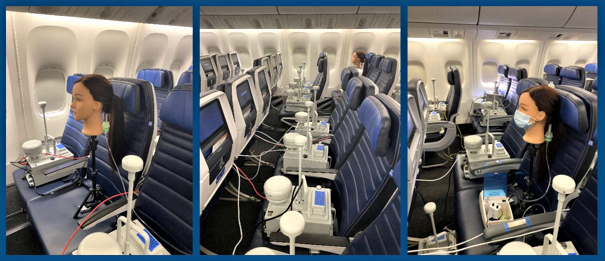
How was testing done?
Conducted on the ground and in flight, the tests were designed to measure the relative aerosol penetration within 40 passenger breathing zones in neighboring seats and rows from the simulated infected passenger.
Testing assumed that mask-wearing is continuous, that the number of infected persons on board is low, and that the ventilation gaspers (nozzles) are pointed downward, reducing the flow of aerosols to other parts of the cabin.
Major Findings
- Whether the gaspers were on or off did not make a significant impact on aerosol risk and could continue to be used primarily for traveler comfort.
- In order to inhale an infectious dose requires more hours in the economy section than the typical long-haul flight. The number of hours for an infectious dose increased significantly for other sections of the plane. Note: The original report stated a minimum of 54 hours in economy for an infectious dose, but this was removed from the report about a week later.
- The risks of infection are noticeably higher if you’re seated in the same row as an infected passenger – or the rows ahead of or behind them. But even for simulated passengers sitting right next to a simulated infected one, researchers couldn’t come up with an instance where a traveler would have inhaled sufficient particles necessary to contract COVID-19.
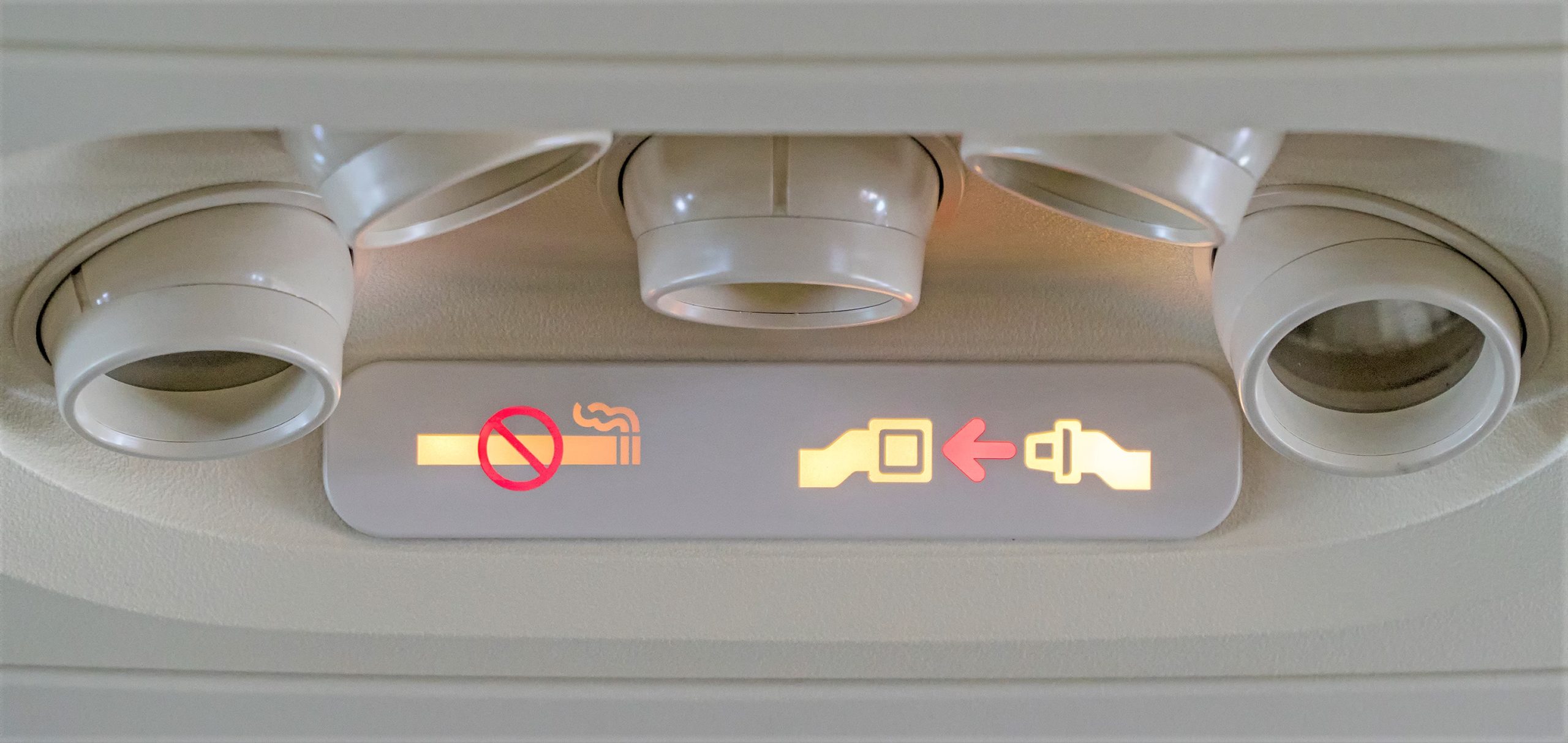
Read related: Coronavirus Risk Low When Flying (scroll to the bottom) and Does Flying Actually Put You At Risk For COVID-19?
Brian’s Take:
The bottom line is that despite some cases of Covid spread when flying, more and more evidence is coming forth demonstrating that flying is relatively safe… emphasis on “flying.” There is still risk in the airport and probably more so during boarding and deplaning when people are crowded together.
All airlines require wearing masks while boarding, during the flight and when deplaning. This policy is in place not only to reduce the possibility of spreading the disease, but also to make passengers feel comfortable about flying and, I assume, to avoid the potential of litigation should someone blame contraction of the disease on the airline.
As I have repeatedly said, the decision to fly is a very personal one because we all have a different risk tolerance and we all have different family and medical situations. Given that we now know that you are most contagious at the beginning of and mid-illness, it is imperative that you wear a mask to avoid unknowingly passing on the plague to others.
Most studies that looked at those who were sick after flying concluded they were likely sick before boarding. That said, I would feel more comfortable if all airlines took temperatures before boarding like Frontier does.

As an avid traveler, Brian has explored and enjoyed cultural encounters in over 40 countries while spending many years refining The Points Game — using credit card sign-up bonuses and other tricks to get nearly free travel. Getting the most out of every trip is an art and Brian launched My Travel Traxx to help others enjoy the art of travel.

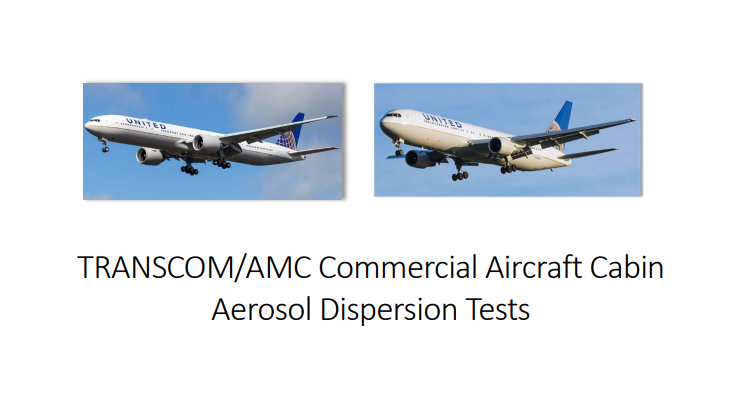
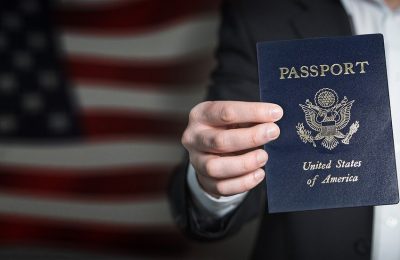
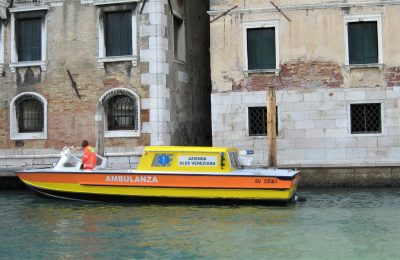
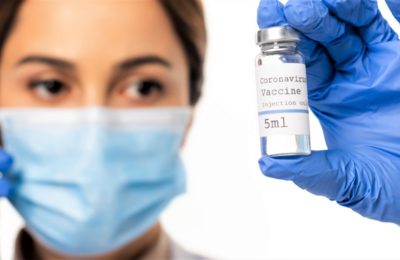
Comments (0)